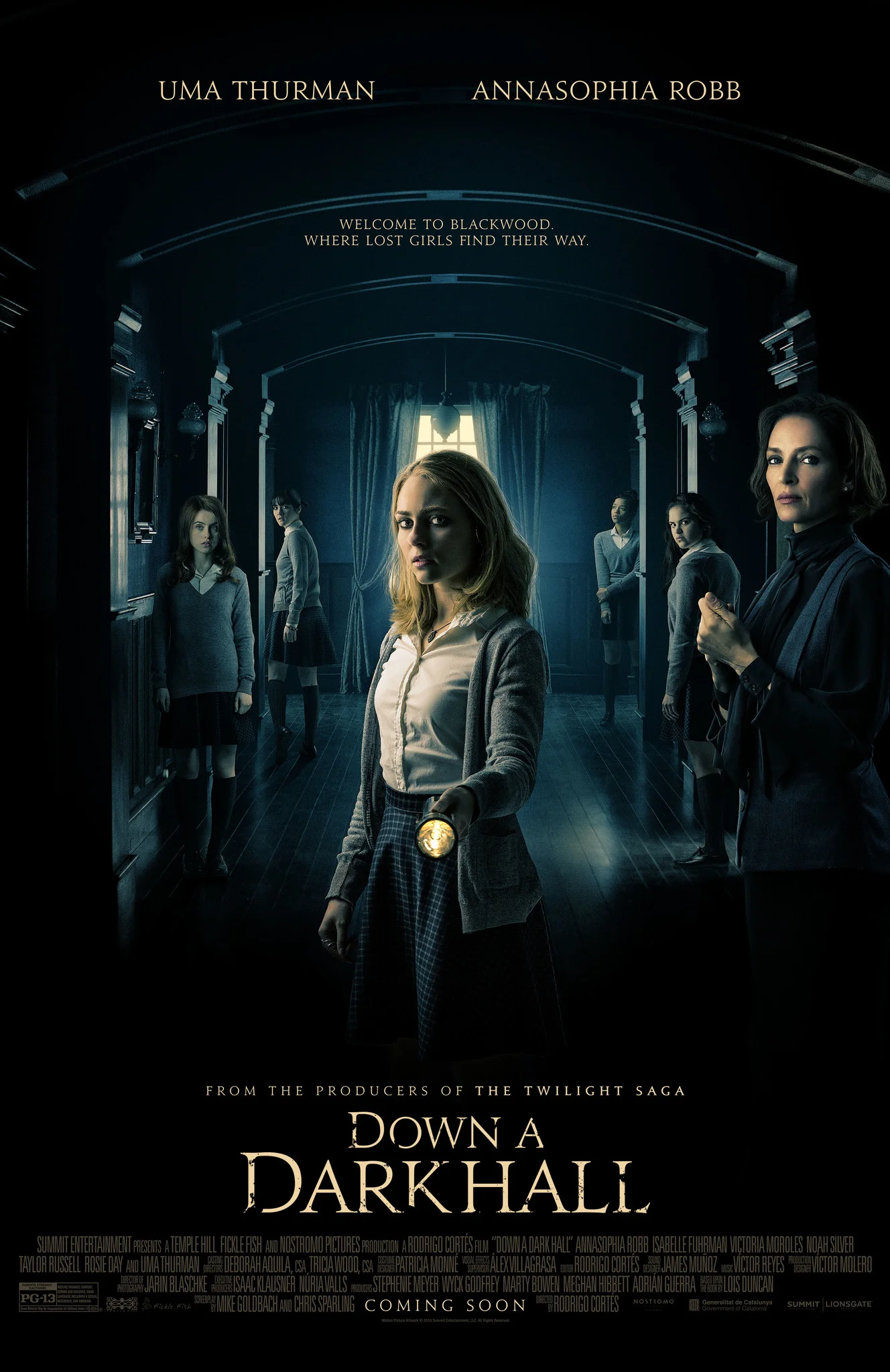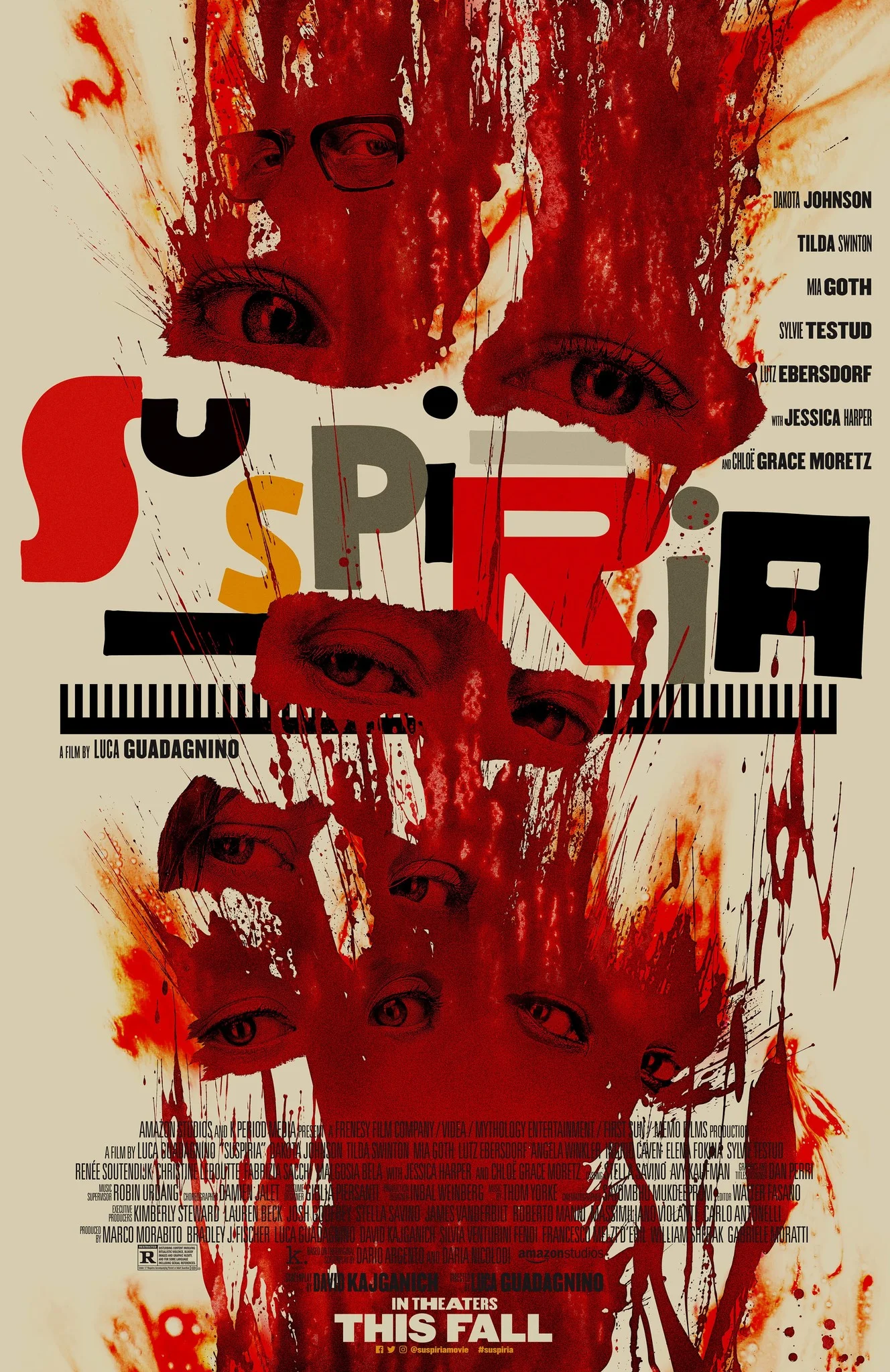Burned But Not Consumed: Revenge
The helicopter sails over a desolate landscape. Its destination is a beautiful modern home; a colorful oasis in the otherwise brown desert. The camera closes in on a young woman as she departs the copter. It keeps low, focusing on her short skirt, her legs, her ass. She’s all bright colors; pink and sex. She sucks on a lollypop. Her neon star earrings bounce as she walks. She oozes sexuality and the camera eats it up. It languishes on her form, forcing the viewer soak her in.
Facts Are Facts
Writer: Coralie Fargeat
Director: Coralie Fargeat
Gayly: slick, oozing style, fantastic performances
Dreadful: we really are just sacks of blood
Pairs With: Mad Max: Fury Road
Availability: Shudder, VOD and physical media
The woman is Jen (Matilda Lutz) and she’s here with Richard (the very masculinely sexy Kevin Janssens), her married boyfriend, for a weekend getaway. He’s as hard-bodied and oozing sex as she is; however, the camera focuses on his face. Him as a character, not an object. We’re quickly introduced to Richard’s associates, Stan (Vincent Colombe) and Dimitri (Guillaume Bouchède) who show up early, surprising and disappointing Richard, who hoped to keep Jen a secret. But Jen makes the most of it and that night they party. Drink. Dance. The problem is that, like the camera, these men only see her as an object to be admired and, yes, used.
The next morning, Richard is out of the house on an errand and Stan takes more than a little interest in Jen. After rebuking him, he assaults her. Unlike some of these types of movies, the assault is brief and mostly off-camera. Instead, we focus on Dimitri, who accidentally barged in, plainly saw what was going on, and then left. He does everything in his power to ignore what’s happening, including cranking up the volume on the TV and jumping into the pool. He’s as much an accomplice in the act as is Richard, who returns and tries to buy her silence. When she refuses to be reduced to a petty annoyance that can just be shuttled away, Richard gets violent and Jen is left for dead. But she’s not dead. And she viciously makes that apparent through the rest of the film.
Rape revenge is a subgenre I particularly dislike. I find that the male gaze inherent in the actual act and the filmmakers’ typical obsession with showing the act to be both disgusting and also grossly voyeuristic. Additionally, when it comes to female protagonists, this type of story is prevalent. If you’re a woman and the filmmakers want to give you a motive for revenge, chances are it’ll be through sexual violence or taking away your family, particularly a kid. Male characters have myriad of reasons to go on the offensive, from something like being wrongly accused to standing up to injustice to even a dog’s death or simply being slighted. It’s rare to find sexual violence as a plot device in male-driven stories. And I would obviously love to see other narrative devices for female characters than reducing them to their bodies.
Here we obviously have yet another story where the female character is sexually victimized and that event sparks the rest of the film. Is Revenge a feminist subversion of this genre? Is that even possible? I’m not schooled enough to say. And it’s my experience that people’s reactions to this type of narrative are vastly different. Some, like me, are just disgusted by the subgenre. Others, though, find strength in seeing the revenge play out. Instead, I would direct you to some writers and speakers that address this type of narrative or gender in horror, in general. I’d point you to BJ Colangelo and her masterful writing on her blog Day of the Woman, her new endeavors and her discussion of the subgenre on Shock Waves. I’d also point you to the very intelligent and well-researched women of The Faculty of Horror podcast, Andrea Subissati and Alexandra West. Give Anya Stanley's article a read. Danielle Ryan's article on the catharsis of this type of story was enlightening. Tons of female writers have offered their takes on the subgenre and on Revenge and I'd recommend reading them for more context.
But back to Revenge and what I can say about the film. If you ever hear a critic talk about the male gaze and are confused about what they mean, watch the opening shots of the film. The way the camera hugs Jen’s butt. When she walks, the camera stays low, focusing not on her face or her reactions to what she’s seeing, but her physical features. It reduces her from a person to an object to be ogled. This is the epitome of the male gaze in cinema. But what debut director Coralie Fargeat and cinematographer Robrecht Heyvaert do with this as the plot continues is a smart inversion.
Towards the end of the film, there’s this fantastic tracking shot of Richard as he walks through the house, shedding his clothes and then taking a shower. The camera lovingly watches him, much in the same way it focused on Jen in the beginning. We watch him shower, the water falling off his naked back, for a long time. And then we’re following him back through the house. The naked display is a fantastic role reversal that goes on for awhile, tracking his every move. It also perfectly establishes the layout of the final battleground, setting the stage for a bloody finale of virtuoso filmmaking. The cinematography in general is simply stunning and stylized. This debut announces a brash and exciting new voice for genre entertainment and I can’t wait to see what else Fargeat creates.
I’ve heard some people dismiss the story as unbelievable. What I find funny about this dismissal is that they, typically men in my experience, underestimate Jen in the same way the male characters in the movie do. But there’s also a very symbolic method to this plot structure, rooted in religious allegories that, again, are typically associated with male-centric cinema. Firstly, there’s the shots of a once-bitten apple that slowly turns brown and ripens as ants descend over it. The same type of ants that are crawling over Jen’s not-dead-but-beaten body. The shots of Jen lying there, in a Christ-like repose (complete with a wound), before dragging herself into a cave and resurrecting afterwards. Hell, she even burns a symbol of a phoenix, rising from the flames, into her skin.
But then there’s the image of the burning tree. It’s evocative of the burning brambles in the Bible and it’s what both cauterizes her wound and saves her. The burning brambles have been used throughout history. But one such concept really grabbed my attention. The French Huguenots combined this image with the motto, “Flagror non consumor,” meaning, “I am burned but not consumed.” And I can’t think of a better way to describe Jen, the woman tossed aside, yet arisen; an avenging angel of death.






![[THS 2018 Review] Anna and the Apocalypse](https://images.squarespace-cdn.com/content/v1/5b39608d75f9eef54c62c3f0/1541725668538-CLPVARXZTSPSMPDJ0ZHU/MV5BMTU4NTM4NDQyNV5BMl5BanBnXkFtZTgwMjY0NTI0NjM%40._V1_.jpg)
